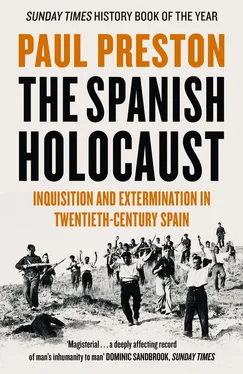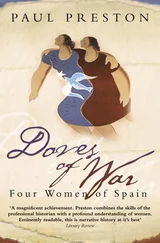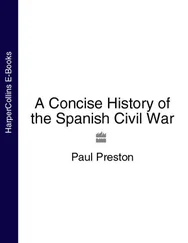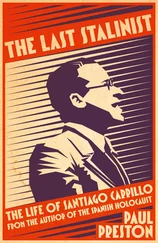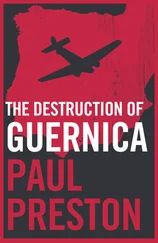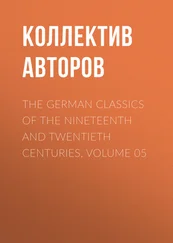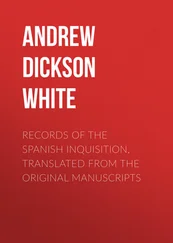Wages had dropped by 60 per cent. Hunger was breeding desperation and hatred was building up on both sides of the social divide. In Priego de Córdoba, a delegation of union members who had had no work for four months asked the Mayor to intervene. He replied that he could not oblige anyone to give them work and advised them to go on their knees to beg the landowners for jobs. And the problem was not confined to the south. A union official from Villanueva del Rebollar in the Castilian province of Palencia wrote, ‘The caciques should be careful about their foolhardiness. Our patience is wearing thin.’ The FNTT executive made several appeals to the new Minister of Labour, Ricardo Samper, for the implementation of existing social legislation but it was to no avail. 21
In late December 1933, a draft law had already been presented to the Cortes for the expulsion of peasants who had occupied land in Extremadura the previous year. In January 1934, the law of municipal boundaries was provisionally repealed. The CEDA also presented projects for the emasculation of the 1932 agrarian reform, by reducing the amount of land subject to expropriation, and for the return of land confiscated from those involved in the August 1932 military rising. Clashes between the Civil Guard and the braceros increased daily. 22
Throughout January, long and often bitter discussions between the PSOE and the UGT leaderships about a possible revolutionary action in defence of the Republic culminated in the defeat of the cautious line. The leadership of the UGT passed to Largo Caballero and the younger elements who supported his ‘revolutionary’ rhetoric. With the PSOE, its youth movement – the Federación de Juventudes Socialistas – and now the UGT all in the hands of those advocating a radical line, a joint committee was immediately established to make preparations for a revolutionary movement. PSOE, UGT and FJS organizations in each province were sent seventy-three naive instructions for the creation of militias, the acquisition of arms, the establishment of links with sympathetic members of the army and the Civil Guard and the organization of technicians to run basic services. The replies received made clear the absurdly optimistic nature of these goals and, apart from the flurry of communications generated by the committee, little or no practical action was taken. 23
However, the various communications were anything but clandestine. Indeed, revolutionary rhetoric from the self-proclaimed ‘Bolshevizers’ was loudly indiscreet and provided ample evidence for right-wing exaggeration about the dangers of revolutionary socialism. The raucous radicalism of the younger Socialists would be used throughout the spring and summer of 1934 to justify harsh repression of strikes that were far from revolutionary in intent. The anything but secret plan was for the revolutionary movement to be launched in the event of the CEDA being invited to participate in government. There was no link between the vaguely discussed ‘revolutionary moment’ and the needs and activities of the workers’ movement. Indeed, no thought was given to ways of harnessing the energies of organized labour for the projected revolution. Rather, the trade unionist habits of a lifetime saw Largo Caballero persuade the new UGT executive on 3 February to do nothing to stop any conventional strike action which was then treated by the authorities as subversive. 24
One of the most far-reaching consequences of Largo Caballero’s confused swerve to the left would be visited upon the rural proletariat. At a meeting of the national committee of the landworkers’ union, the Federación Nacional de Trabajadores de la Tierra, on 30 January 1934, the moderate executive committee resigned and was replaced in its entirety by young radicals led by the representative of Navarre, Ricardo Zabalza Elorga. 25The new secretary general Zabalza was a tall, handsome, bespectacled and rather shy thirty-six-year-old union official. He was born in Erratzu in the north of Navarre. The poverty of his family had obliged him, aged fifteen, to emigrate to Argentina. There, he had worked in appalling conditions which had impelled him to become a trade unionist. Always committed to self-education, he had managed to become a schoolteacher and eventually a headmaster. He returned to Spain in 1929. Living in Jaca in the Pyrenees, he had become an enthusiastic activist of the UGT. In 1932, he had moved to the Navarrese capital, Pamplona, where he worked hard to establish a local FNTT branch. The right in Navarre was among the most dominant and brutal of any province in Spain and had blatantly flouted Republic social and labour legislation. After the electoral victory of the right-wing coalition, in Navarre, as in the south, the local landlords refused work to union members and ignored existing social legislation. 26
The new Radical government was impelled, both by the inclinations of its more conservative members and by its dependence on CEDA votes, to defend the interests of the landowners. Its arrival in power just as the strength of fascism was growing in Germany and Italy fostered the belief within the Socialist movement that only a revolutionary insurrection could prevent the establishment of a right-wing dictatorship. Within the FNTT, Zabalza began to advocate a general strike in order to put a stop to the employers’ offensive. Older heads within the UGT were opposed to what they saw as a rash initiative which might, moreover, weaken a future rising against a possible attempt to establish an authoritarian state. Suspicion of the right’s intentions had intensified with the appointment at the beginning of March of the thirty-nine-year-old Rafael Salazar Alonso as Minister of the Interior.
Salazar Alonso hastened to convene those of his subordinates responsible for public order and outline his ‘anti-revolutionary’ plans. The head of the Civil Guard was Brigadier General Cecilio Bedia de la Cavallería. In charge of the police and the Assault Guards was the Director General of Security, Captain José Valdivia Garci-Borrón, a crony of Alejandro Lerroux and a man of strong reactionary instincts. Valdivia reassured Salazar Alonso that they could rely implicitly on the head of the Assault Guards, the hard-line Africanista Lieutenant Colonel Agustín Muñoz Grandes, a man who would rise to be Vice-President in Franco’s government. Valdivia reported equally favourably on the Civil Guard Captain Vicente Santiago Hodson, the fiercely anti-leftist head of the intelligence service founded by General Mola and a colleague of the sinister Julián Mauricio Carlavilla. To have such reactionary individuals at his command well suited Salazar Alonso’s repressive ambitions. 27Salazar Alonso made it clear to a delighted General Bedia de la Cavallería that the Civil Guard need not be inhibited in its interventions in social conflicts. 28It was hardly surprising that, when a series of strikes by individual unions took place in the spring of 1934, Salazar Alonso seized the excuse for heavy-handed action. One after another, in the printing, construction and metallurgical industries, the strikes led at best to stalemate, and often to ignominious defeat.
The right could hardly have been more pleased with Salazar Alonzo. On 7 March he declared a state of emergency and closed down the headquarters of the Socialist Youth, the Communist Party and the anarcho-syndicalist CNT. His energy was applauded by Gil Robles, who declared that, as long as the Minister of the Interior thus defended the social order and strengthened the principle of authority, the government was assured of CEDA support. A series of articles in El Debate stressed that this meant severe measures against what the paper called the ‘subversion’ of workers who protested against wage cuts. When the CEDA press demanded the abolition of the right to strike, Lerroux’s government responded by announcing that strikes with political implications would be ruthlessly suppressed. For both the right-wing press and Salazar Alonso, all strikes were deemed to be political. On 22 March El Debate denounced stoppages by waiters in Seville and by transport workers in Valencia as ‘strikes against Spain’, and called for anti-strike legislation as draconian as that of Fascist Italy, Nazi Germany and Salazar’s Portugal. The government extended its repressive armoury by expanding the Civil Guard and the Assault Guard and by re-establishing the death penalty, which had been abolished in 1932. 29
Читать дальше
